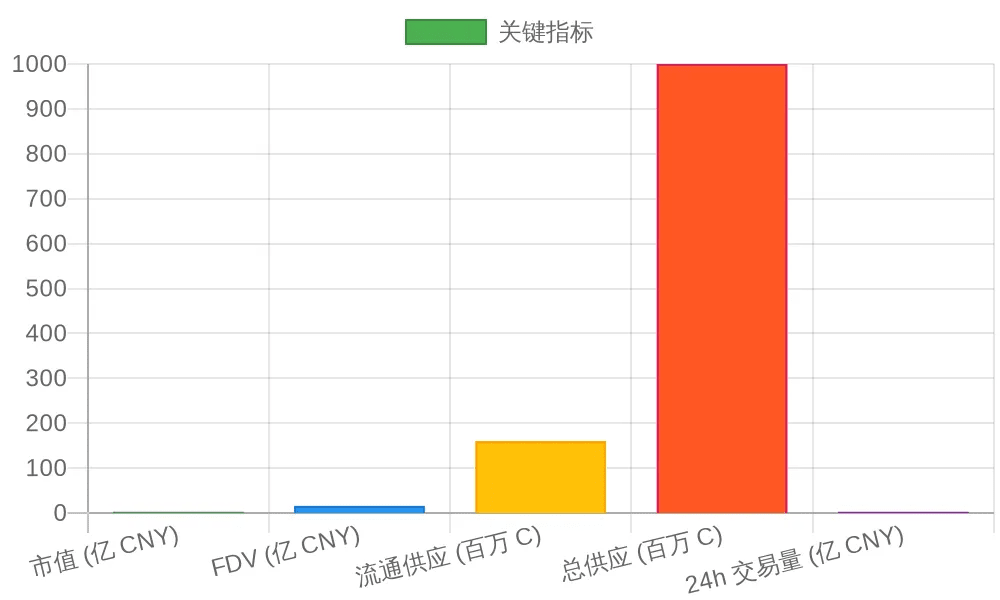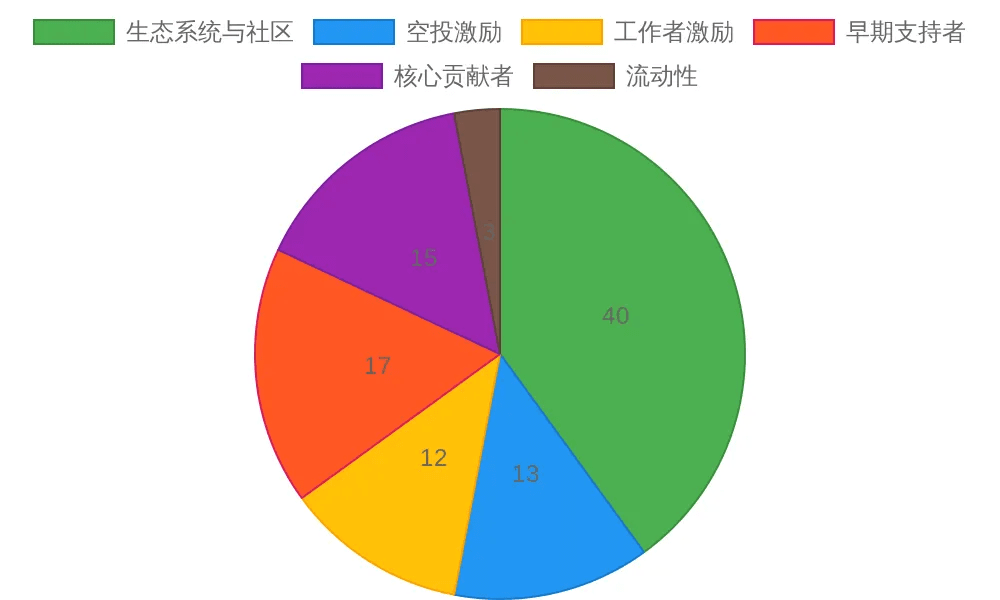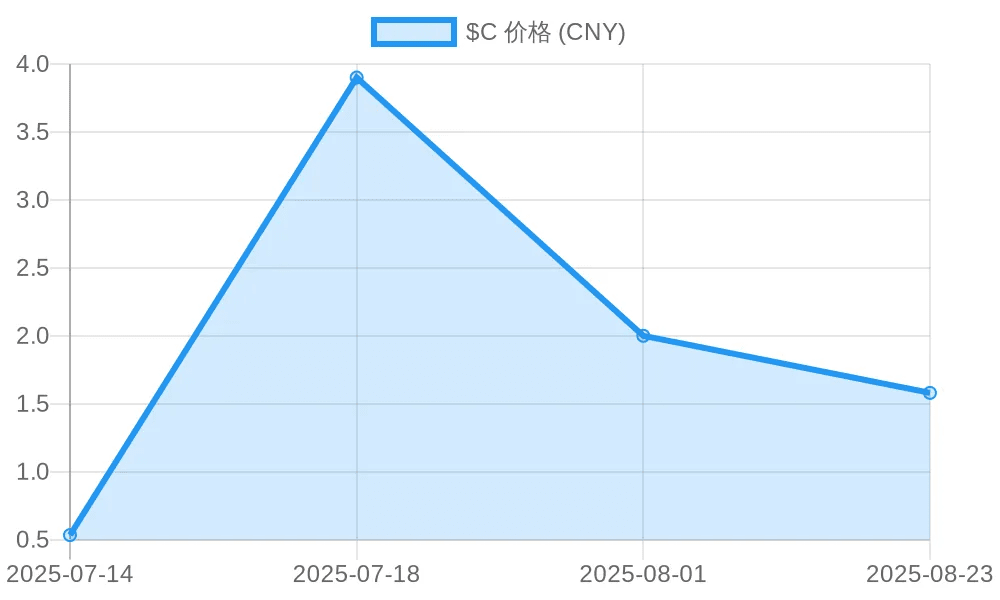One of the altcoins you cannot afford to ignore
Section One: Executive Summary
Chainbase, as a foundational blockchain project, focuses on addressing the long-term challenge of data fragmentation, particularly for the needs of the artificial intelligence (AI) sector. It is not just a data indexing tool but aims to build a 'Hyperdata Network', driving the emerging 'DataFi' economy. Key technologies include multi-layer architecture, investments from Web2 giants like Tencent, and the ecological role of the core token $C .
Main findings of the report: Chainbase stands out in the Web3 data field through innovative technology and strategic positioning. Its 'Manuscript' protocol transforms data processing into programmable assets, forming a unique moat. Investments from Tencent and Matrix Partners provide funding and credibility but also raise concerns about the future of decentralization. The C token model is cleverly designed, linking usage, value, and security through a flywheel effect. However, facing competitors like The Graph and technical execution risks, the project's prospects are filled with uncertainty.
Key Market Data
The following are key metrics for Chainbase ($C) as of August 2025:

Section Two: Web3 Data Challenges and AI Opportunities
Core Issues
Blockchain data, while transparent and immutable, is highly fragmented and unstructured, leading to difficulties in cross-ecosystem queries. Developers require substantial resources to handle data, hindering Web3 innovation.
AI Drivers
AI models rely on high-quality structured data, while the chaotic state of on-chain data fails to meet this demand. This creates an opportunity for Chainbase: bridging Web3 and AI, providing an AI-friendly data layer. Unlike competitors focused on dApps, Chainbase targets future on-chain AI agents.
DataFi Concept
Chainbase promotes 'DataFi', elevating data to programmable assets, facilitating transactions and portfolios, laying the foundation for an open AGI economy.
Section Three: Technical Architecture Analysis: Hyperdata Network
Chainbase's four-layer architecture addresses data processing, security, and access issues.
Four-layer Design
Co-processor Layer: Developers contribute data processing logic through 'Manuscript' scripts, achieving community-driven monetization.
Execution Layer: Chainbase Virtual Machine (CVM) processes tasks in parallel, ensuring efficiency.
Consensus Layer: Instant finality based on CometBFT ensures data integrity.
Data Access Layer: Distributed data lake, using Arweave for storage and ZK proof verification.
Manuscript Protocol
Core Innovation: Programmable framework that transforms raw data into AI assets, facilitating network effects and feature engineering.
Security and Expansion
Dual chain separation optimizes performance, dual C (C + ETH re-staking via EigenLayer) enhances security.
C Token Economic Model
Multi-utility
Payments: Data query and processing fees.
Staking: Ensuring network security.
Governance: Protocol decision-making.
Incentives: Rewarding contributors.
Token Distribution
Total Supply of 1 billion tokens:

Economic Cycle
Flywheel Effect: Rising demand drives token demand, fee burning introduces deflation, rewards enhance security.
Section Five: Team and Financing
Leadership
Mogu (CEO): Driving Vision, Focusing on AI Data Networks.
Chris Feng (COO): Operations expert, not to be confused with the namesake from Sea/Shopee.
Others: Including Shimizu, Liao, and Lai.
Financing
Total $18 million, Series A $15 million led by Tencent and Matrix Partners. Board seats provide strategic advantages but may impact decentralization.
Section Six: Competitive Landscape

Differentiation Analysis
Chainbase leverages AI-native design, programmable data layers, and multiple query methods (SQL/REST/GraphQL) to gain an advantage, particularly leading in AI integration.
Section Seven: Ecosystem and Roadmap
Traction
Covering 220+ chains, 500 billion calls, 40,000 developers, 8,000 projects.
Partners
Alibaba Cloud, io.net, Sui/Aptos, etc.
Roadmap
Current ZIRCON transitioning to Aquamarine: Mainnet, AI tools, etc.
Section Eight: SWOT and Outlook
SWOT
Strengths: AI vision, technological innovation, investment backing, early demand.
Weaknesses: Late entry, execution risks, centralization concerns.
Opportunities: AI data blue ocean, standard definition, enterprise expansion.
Threats: Competition, Narrative Decline, Technological Barriers.
Outlook
Chainbase has immense potential, focusing on DataFi. If executed properly, it could lead the field. Catalysts: Mainnet launch, Manuscript adoption; Risks: Delays, insufficient incentives.
